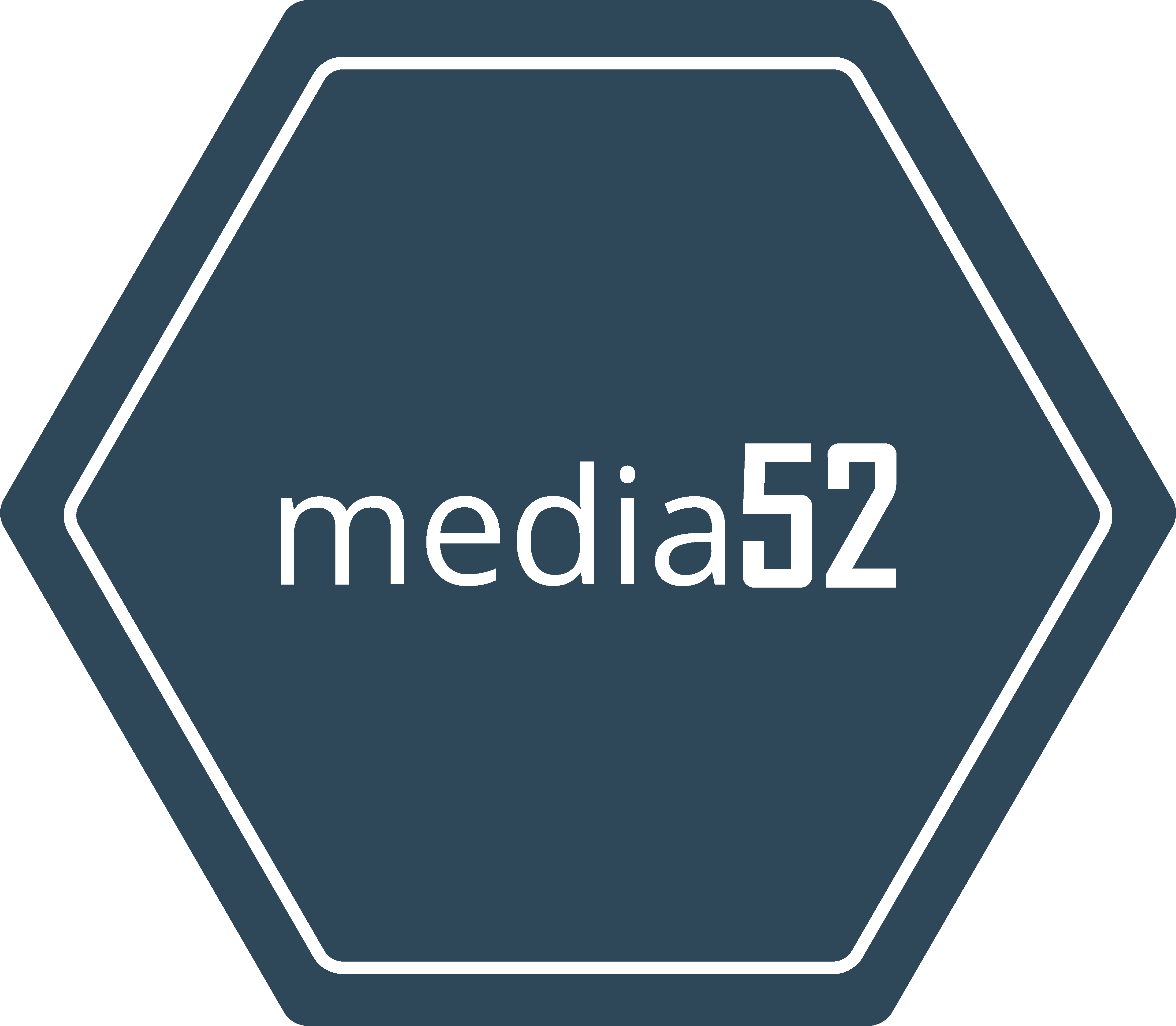Brain-Inspired Algorithms Transform Ultrasound Imaging

Eindhoven, Thursday, 3 July 2025.
Ruud van Sloun from TU Eindhoven utilizes brain-inspired techniques to revolutionize medical ultrasound, promising sharper diagnostics and significantly enhanced imaging accuracy in healthcare.
Pioneering Brain-Inspired Technology in Ultrasound
Ruud van Sloun, an associate professor at Eindhoven University of Technology (TU/e), is spearheading a transformative change in medical ultrasound technology. By integrating algorithms inspired by the brain’s ability to process information and make predictions, van Sloun aims to achieve sharper imaging and improved diagnostic accuracy [1]. The project, set within TU/e’s Signal Processing Systems group, is grounded in the principles of how the human brain processes sensory information, which has enabled significant advancements in artificial intelligence applications within the medical field [2].
How Brain-Inspired Techniques Enhance Imaging
Van Sloun’s innovative approach leverages what he describes as ‘active inference,’ a method analogous to how a person might use a flashlight to find keys in a dark room. In this context, the ultrasound device uses sound waves with precision, targeting areas with high potential for informative returning echoes rather than randomly scanning all regions. This method mirrors the brain’s efficient way of predicting where to look for information, thus optimizing the process of data collection and interpretation in medical imaging [2].
Impacts on Healthcare and Future Prospects
This advancement in ultrasound technology is poised to offer substantial benefits in healthcare. It could lead to the development of portable and affordable ultrasound devices, as envisioned by van Sloun. Such devices would democratize access to high-quality medical imaging, crucial for prompt and accurate diagnostics, particularly in remote and resource-limited settings [3]. Enhanced imaging accuracy reduces the margin of error in diagnostics, offering a tool that could potentially transform patient care and diagnostic practices globally [1][3].
Collaborative Efforts and Recognition
The breakthrough stems from collaborative efforts at TU Eindhoven, where interdisciplinary work within the realms of artificial intelligence, medical engineering, and brain research have paved the way for this innovation. Van Sloun was awarded a European Research Council (ERC) grant in late 2022 to further develop these brain-inspired ultrasound techniques, underscoring the promise and scientific merit recognized by the international research community [2][3].

